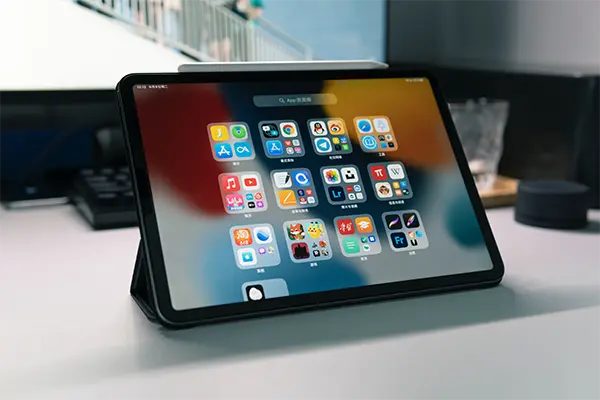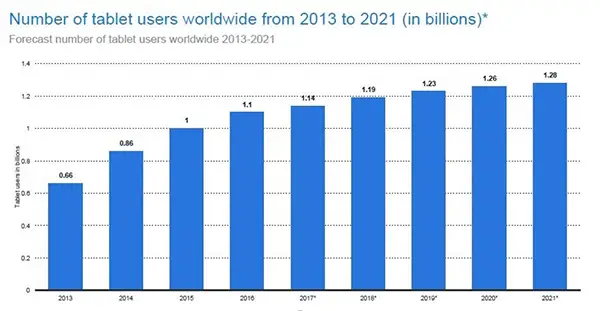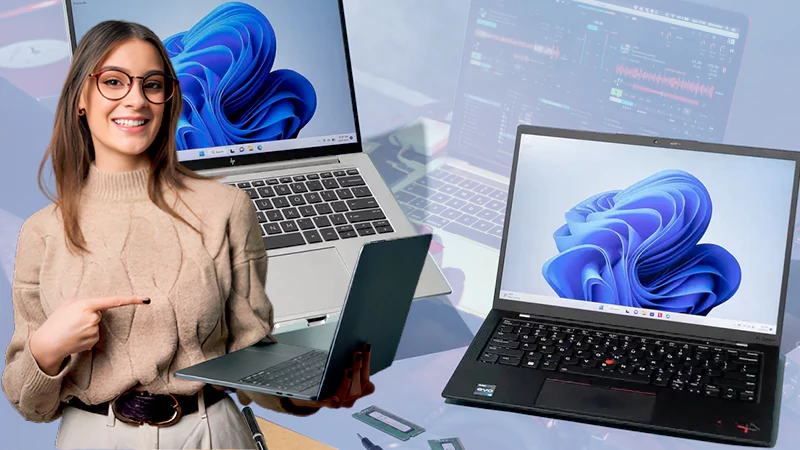
In recent years, tablets have become progressively prevalent as educational tools, joining the ranks of laptops and smartphones as required devices for learning. Their unique combination of portability and functionality allows for a learning experience that can be both dynamic and convenient.
From watching video lectures to interacting with digital textbooks, the tablet has revolutionized how we access and consume content.
Moreover, tablets offer a level of flexibility that is hard to find in other devices. You can carry them easily from class to class, use them to take quick notes, or even engage in interactive lessons.
Their large but manageable screen size also makes them ideal for activities like reading research articles or working on assignments.
So, if you’ve ever found yourself thinking, I bet someone could write my paper with the help of WritePaper. As you struggle to type on a smaller smartphone screen or wait for a free computer in the library, a well-optimized piece could be the solution you’re looking for.
In this article, we’ll go over how you can set up and optimize to get the best out of your learning experience.

Step 1: Choose the Right Tablet
Choosing the right device is the first and perhaps most vital step in optimizing your learning experience. The market is flooded with various options, ranging from Apple’s iPads to a wide array of Android and Windows tablets. When selecting a tablet, several factors come into play, such as the operating system, battery life, screen size, and storage capacity.
For academic use, you’ll likely need a device with sufficient storage to hold all your textbooks, assignments, and any apps.
A long-lasting battery is necessary, especially if you plan to use it throughout the school day. And when the operating system may boil down to personal preference, keep in mind that some applications may be available only on specific platforms.
Step 2: Setting Up for Academic Use
Once you’ve got your tablet, it’s advisable to create a user profile dedicated to your learning activities. Most tablets allow for multiple user profiles, each with its own set of apps and settings. This way, your educational tools are separate from, say, your social media apps, minimizing distractions when you’re focused on studying.
If you’re a parent setting up a tablet for a younger learner, or if you find you have trouble keeping off distracting sites, parental controls can be an invaluable feature. You can set up restrictions on certain types of content or even specific programs to ensure that it is used mainly for purposes.
Your tab will be effective if it’s well-organized. Create folders for different subjects or projects, and make use of cloud storage software like Google Drive or Dropbox to keep significant files backed up and easily accessible. This is especially useful for academic papers, research materials, and digital textbooks, which you’ll want to have at your fingertips at all times.
By taking the time to select the right tech and setting it up specifically for academic use, you’re laying a strong foundation for a productive and focused learning experience.
Step 3: Internet Safety and Security
Internet safety and security are paramount, especially when you’re using your tab for academic purposes. Accessing secure networks for research or to enter academic portals requires an extra layer of security.
This is where a VPN can come in handy. A VPN encrypts your online traffic, adding an extra layer of protection against cyber threats. It can be useful if you need to access resources that are geo-restricted.
It may seem to be common sense, but having reliable antivirus software is significant. Whereas tablets are generally considered to be more secure than PCs, they are not entirely immune to malware and viruses. Installing a reputable antivirus app can help scan for and remove harmful software, keeping your data safe.
If you’re researching for a paper or just browsing for new apps, practicing safe internet habits can go a long way. Always look for secure sites (those starting with “HTTPS”), and be cautious when clicking on links or downloading files. Many tablets offer incognito or private browsing modes, which can help keep your online activity private.
Step 4: Choose Quality Educational Apps
The type of programs you choose can significantly influence the quality of your learning experience. Look for software that is well-reviewed and recommended by professionals or trusted sources.
Read the descriptions and reviews to make sure the app aligns with your learning objectives. Quality programs are often developed by educators or have research backing their methods.
Once you have a collection of apps, organizing them effectively is key to maximizing your productivity. Create folders or sections on your home screen specifically for these programs. You can categorize them by subject, importance, or frequency of use—whatever makes sense for you.
This organization will save you time when you need to find a particular app quickly. Many tablets also allow for widgets that can display information or quick-access buttons on your home screen, offering a shortcut to key features within educational resources.
Step 5: Utilize Accessories
For tasks similar to taking notes or writing essays, the on-screen keyboard might not be a convenient or efficient option. An external keyboard can significantly improve your typing speed and accuracy. Some tablets offer keyboard cases that are both protective and functional, serving as a stand and keyboard in one.
If you’re engaged in courses that require drawing diagrams or if you’re simply fond of handwritten notes, a stylus can be a helpful accessory. Modern styluses offer various levels of pressure sensitivity and can replicate the feel of writing on paper. They can be particularly useful for marking up PDFs or doing quick sketches for a class.
STATISTICS

Here are the statistics showing the number of tablet users worldwide from the year 2013 to 2021 in billions.
Step 6: Sync and Backup Regularly
Losing your data can be devastating, especially speaking of academic work. Ensure that your tablet is regularly synced with cloud storage services similar to Google Drive, Dropbox, or iCloud.
These services not only serve as a backup but allow you to access your files from different devices. This way, even if you face any issues, your academic materials remain safe and accessible.
Takeaway
Optimizing your tablet can transform it into one of your powerful tools, on par with even the best paper writing services. From choosing the right device to focusing on internet safety and accessory utilization, each step builds towards creating a comprehensive and effective learning environment.
A well-optimized device can make tasks like research, note-taking, and even test preparation much more manageable and efficient.
In summary, the integration of technology into the education sector has provided learners with an unprecedented range of tools and opportunities.
By taking the time to optimize your device following the steps outlined in this guide, you not only make your life easier but also enrich your overall learning experience. With the right approaches, it can become an invaluable asset in your journey.







